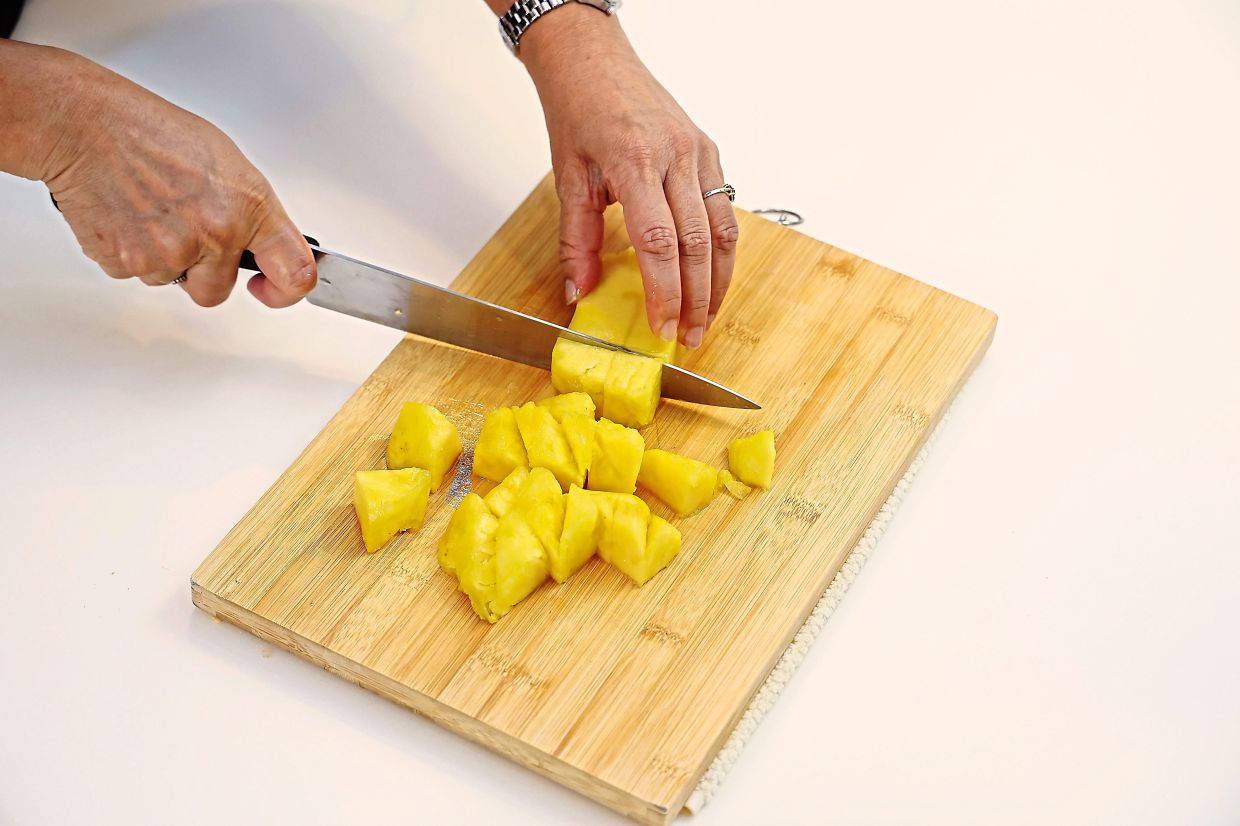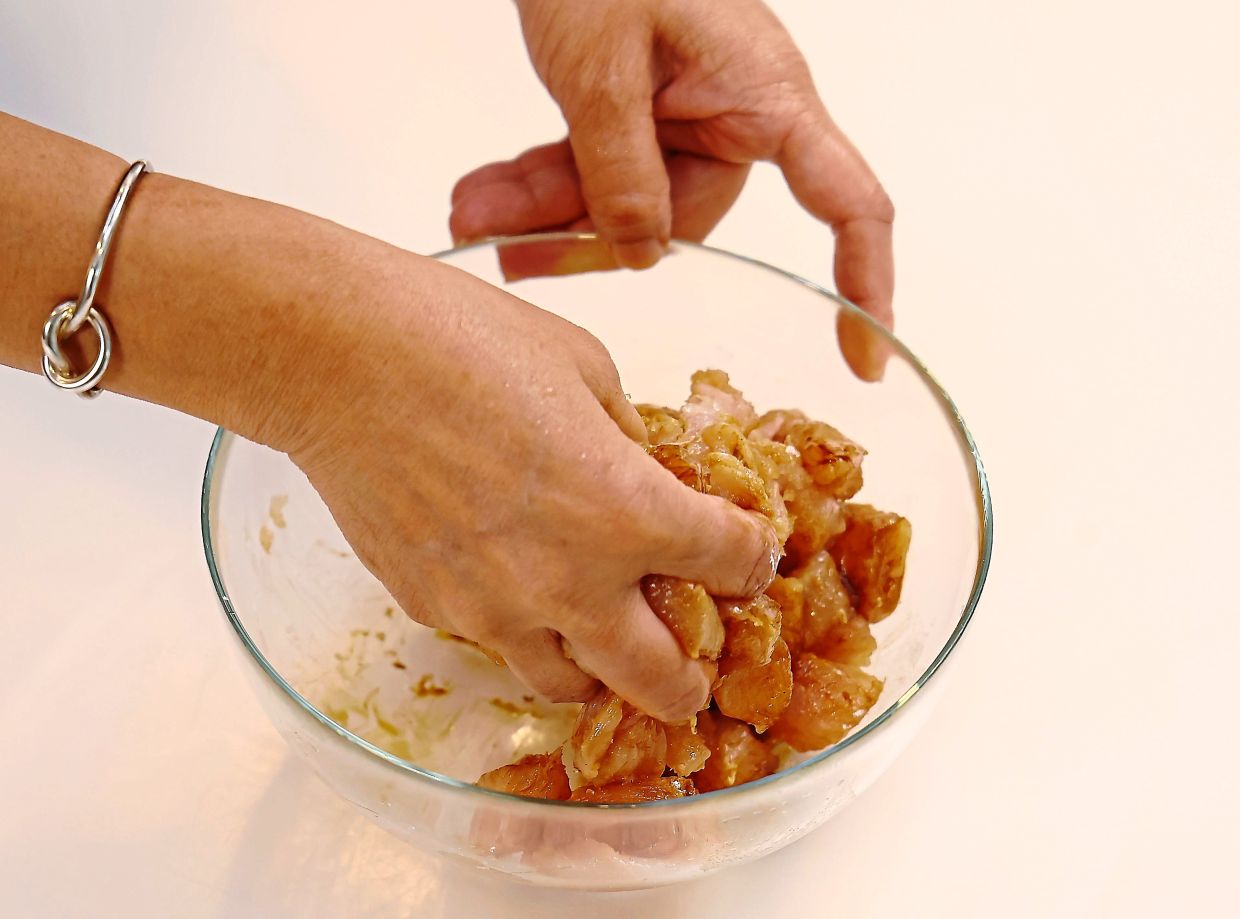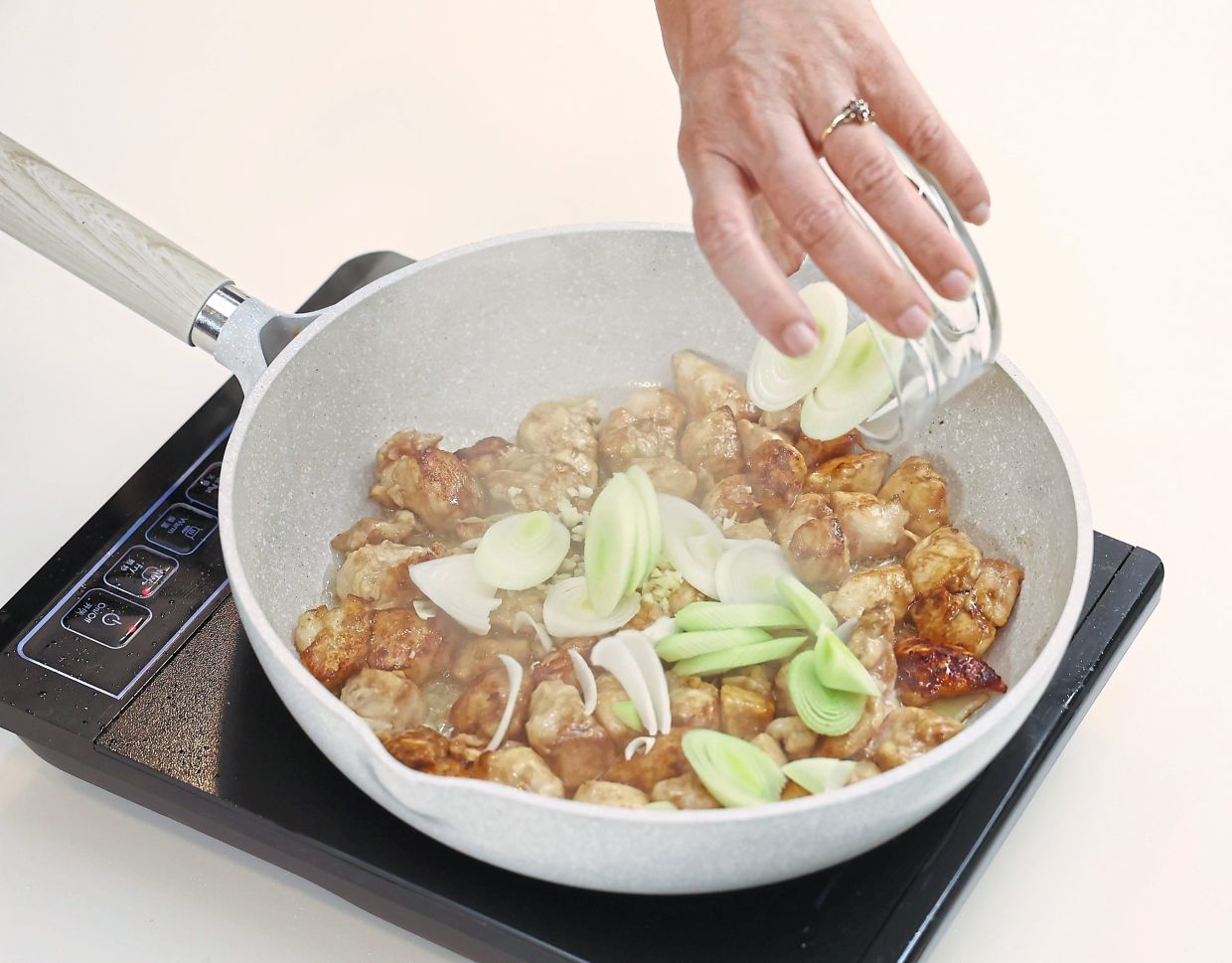With its spiky, rough skin and crown of green leaves and golden yellow flesh, the pineapple stands out as a tropical fruit that captivates both the eye and palate.
Scientifically known as Ananas comosus, the fruit is called ananas in many languages, including French, German and Italian, and pina in Spain and several Latin American countries such as Mexico, Peru and Colombia.
Native to South America, it was cultivated by indigenous peoples with the Tupi-Guarani Indians calling it nanas, which means "excellent fruit".
The pineapple made its way to Europe after Christopher Columbus discovered it on the Caribbean island of Guadeloupe in 1493.
Back then, due to its rarity in Europe, it became known as a symbol of wealth.
The pineapple’s association with wealth endures to this day – during Chinese New Year, it is regarded as a symbol of good luck and prosperity, known in the Hokkien dialect as ong lai, which means “fortune comes”.
The fruit does well in tropical climates, including Malaysia, where many varieties are grown, including MD2, Josapine, Moris, Rompine, Sabah honey pineapple and Sarawak pineapple.
It was reported by The Star in June this year that Malaysia recorded RM1.3bil in pineapple output value in 2024, a 34% increase from the previous year. That is good news for those who love pineapples!
Celebrated for its versatility, the juicy fruit with its sweet-tart flavour can be enjoyed fresh, cooked, juiced or preserved.
Local varieties are my go-to at the market or supermarket for the distinctive flavour they add – from savoury dishes like pineapple chicken, sweet and sour chicken, pineapple pachadi and acar jelatah, to desserts such as pineapple upside-down cake, pineapple cobbler and pineapple tarts.
Since the pachadi and desserts require a lot more time to prepare, I opt for savoury pineapple dishes that are quick to stir-fry like pineapple chicken and beef with pineapple and chilli.
Pineapple chicken uses ingredients similar to those in sweet and sour chicken, but it’s simpler to prepare — there’s no need to batter and deep-fry the chicken, saving at least two steps: making the batter and frying the meat.
Pineapple chicken
Ingredients
300g chicken fillet
3 tbsp cooking oil
50g fresh ginger
3 cloves garlic
80g leek
1 bulb yellow onion
100g pineapple
2 tbsp oyster sauce + 2 tbsp water
3 tbsp tomato ketchup ¼ cup water
2 tsp salt to taste ½ pod red capsicum ½ pod green capsicum
Marinade
1 tbsp soy sauce
1 tsp sugar
1 tsp white pepper
1 tsp sesame oil
1 tbsp cornflour
Directions
Cut chicken into bite-sized pieces and marinate with soy sauce, sugar, white pepper, sesame oil and cornflour. Mix well and place in the chiller for 30 minutes.
Next, the aromatics. Cut yellow onion into large pieces, finely chop garlic, slice the ginger and leek and cut the red and green capsicum into bite-sized pieces. Cut pineapple into cubes.
Set all of these ingredients aside.
Place three tablespoons cooking oil into a pan and add the ginger slices to flavour the oil.
Next, throw in the chicken pieces and let them caramelise evenly for a rich, golden flavour. Once the meat has browned, add chopped garlic and stir until fragrant.
Add the sliced leek and stir to combine. The diced onions are next, followed by the pineapple.
Cook for a few more minutes to allow the pineapple juices to flavour the dish.
Into the wok, pour in the oyster sauce mixed with two tablespoons of water.
Now, add the tomato ketchup and stir until well combined.
Pour in ¼ cup of water to keep the chicken moist and prevent it from drying out.
Season with salt.
For some colour, throw in the red and green capsicum, stir for two minutes and remove from the stove.
The dish is best served with rice or enjoyed on its own.










